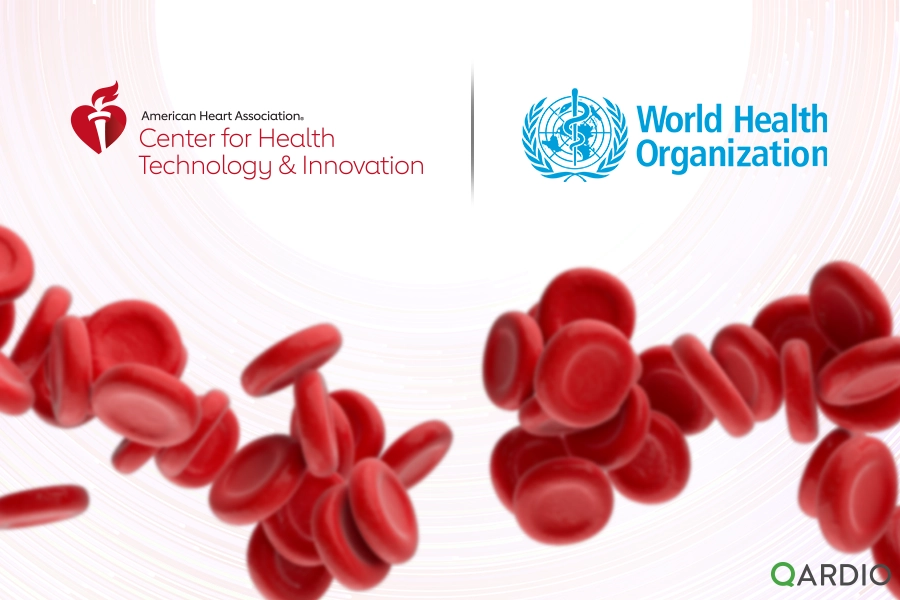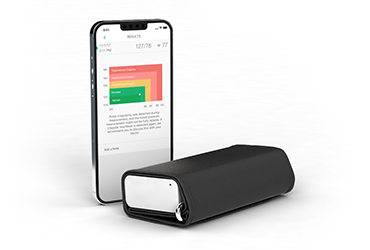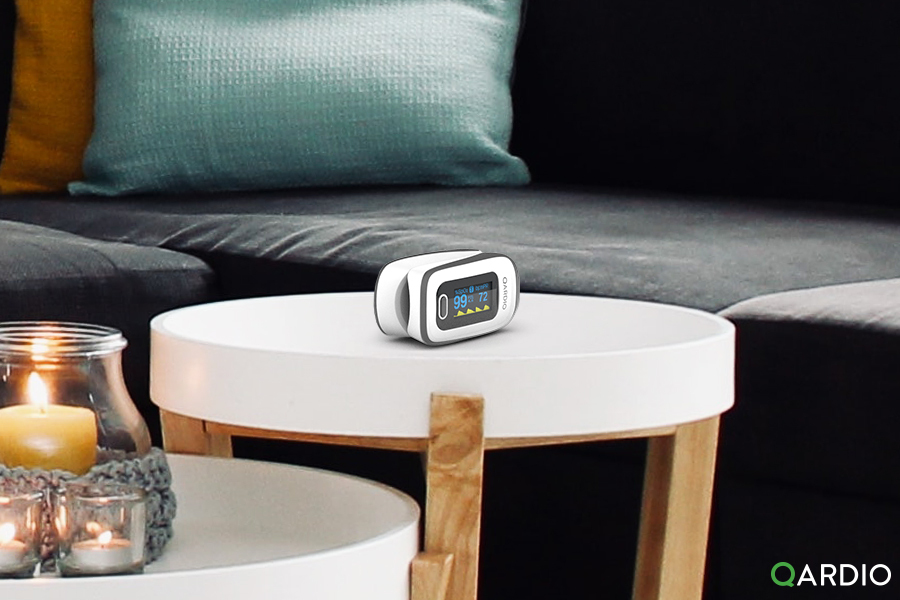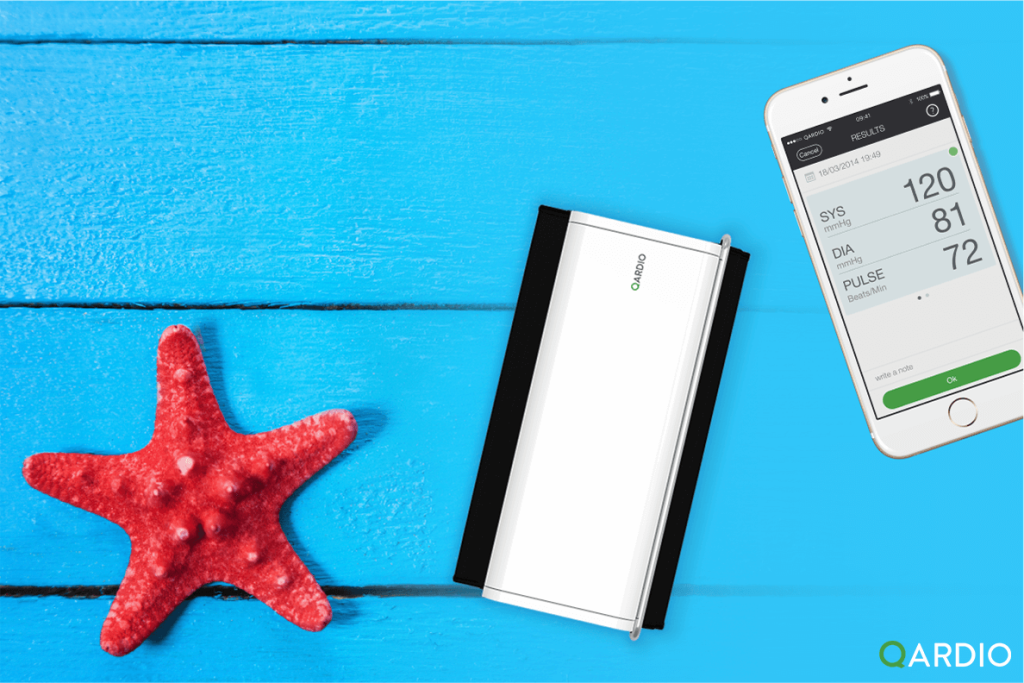An estimated 1.28 billion adults between the ages of 30 and 79 worldwide have hypertension, with an estimated 46% unaware of their condition. Less than half of adults with hypertension receive diagnosis and treatment. Maintaining optimal blood pressure is important for keeping your heart in good shape. Organizations such as the American Heart Association (AHA) and the World Health Organization (WHO) play pivotal roles in establishing guidelines for blood pressure management. In this post, we’ll explore the differences between the AHA and WHO recommendations, giving you a deeper understanding of their approaches and how they impact those aiming for optimal blood pressure levels.
AHA Guidelines
The American Heart Association offers comprehensive guidelines that categorize blood pressure into different ranges, providing clear parameters for what is considered normal and when intervention may be necessary. Since 2017, the AHA has suggested that people should seek treatment if their blood pressure measures 130/80 mm Hg or higher.
- Normal: Less than 120/80 mm Hg
If your blood pressure reads below 120/80 mm Hg (millimeters of mercury), it’s in the normal range. Keep up your heart-healthy habits such as eating well-balanced meals and staying active with regular exercise. - Elevated: 120 – 129 systolic and less than 80 diastolic
When your blood pressure consistently falls between 120-129 systolic and less than 80 mm Hg diastolic, it’s considered elevated. If you find yourself in this range, it’s important to take action to manage your condition, as elevated blood pressure often progresses to high blood pressure without intervention. - Hypertension Stage 1: 130 – 139 systolic or 80 – 89 diastolic
In Stage 1 hypertension, your blood pressure consistently falls between 130 to 139 systolic or 80 to 89 mm Hg diastolic. During this phase, healthcare providers typically recommend lifestyle adjustments and might discuss adding blood pressure medication, depending on your risk of conditions like heart attack or stroke. - Hypertension Stage 2: 140/90 mm Hg or higher
In Stage 2 hypertension, your blood pressure consistently reads 140/90 mm Hg or higher. During this phase, healthcare providers often suggest a combination of lifestyle adjustments and prescribed medications to manage your high blood pressure effectively. - Hypertensive Crisis: Higher than 180/120 mm Hg
This level of high blood pressure requires immediate medical attention. If your blood pressure spikes to 180/120 mm Hg or higher, wait five minutes and check it again. If it remains unusually high, get in touch with your healthcare provider right away, as you may be having a hypertensive crisis.
WHO Guidelines
The World Health Organization, on the other hand, provides a broader classification of blood pressure levels:
- Normal: Less than 120/80 mm Hg
- High Normal: 120 – 129 systolic and 80 – 84 diastolic
- Hypertension Stage 1: 130 – 139 systolic or 85 – 89 diastolic
- Hypertension Stage 2: 140/90 mm Hg or higher
In 2021, the WHO updated their treatment guidelines, the recommendations include:
A target blood pressure level:
- The World Health Organization advises aiming for a target blood pressure treatment goal below 140/90 mmHg for all individuals with hypertension who do not have other health conditions.
- The World Health Organization advises a target treatment goal for systolic blood pressure below 130 mmHg in patients with hypertension who also have known cardiovascular disease (CVD).
The recommendation to start pharmacological antihypertensive treatment:
- A strong recommendation for individuals, a systolic blood pressure of 140 mmHg or higher, or a diastolic blood pressure of 90 mmHg or higher is considered the threshold. However, this threshold is lower for those with pre-existing heart or blood vessel conditions, ranging from 130 to 139 mmHg.
Differences in approach:
- Thresholds for Intervention
The AHA has a lower threshold for identifying elevated and high blood pressure, emphasizing early intervention to prevent complications whilst the WHO allows for a slightly higher range in the high normal category before categorizing blood pressure as hypertension. - Emphasis on Hypertensive Crisis
AHA places a significant emphasis on a hypertensive crisis, urging immediate medical attention for readings higher than 180/120 mm Hg whilst the WHO’s guidelines acknowledge high blood pressure but may not explicitly emphasize emergency thresholds as extensively.
Implications for individuals:
- Proactive Monitoring
Individuals following AHA guidelines may adopt a more proactive approach to blood pressure monitoring, aiming for lower readings within the normal range whilst the guidelines from the World Health Organization provide a comprehensive view, permitting a detailed approach tailored to individual health circumstances.
- Treatment Initiatives
AHA’s lower thresholds may lead to earlier initiation of lifestyle changes and medication to manage blood pressure whilst the WHO’s guidelines provide a more flexible framework, considering individual factors before recommending interventions.
Both the American Heart Association and the World Health Organization contribute significantly to our understanding of blood pressure management. While the AHA’s approach leans towards early intervention and stricter thresholds, the WHO provides a more flexible framework, considering a range of factors. It is essential for individuals to be aware of these differences and work collaboratively with healthcare professionals to tailor their blood pressure management strategies based on their unique health profiles.
During February Heart Month, we encourage you to focus on making positive lifestyle changes that will improve your heart health and reduce your risk of hypertension. With Qardio’s award-winning QardioArm blood pressure monitor, you’ll have all the tools you need to help make monitoring your blood pressure simple.
QardioArm is also compatible with our newly launched subscription service, Qardio+, to offer a more in-depth experience such as medication tracking, detailed month-over-month analysis, environmental factor insight, and more.
Sources:
https://www.who.int/publications/i/item/9789240033986
https://www.heart.org/en/health-topics/high-blood-pressure/understanding-blood-pressure-readings
https://www.who.int/news-room/fact-sheets/detail/hypertension




